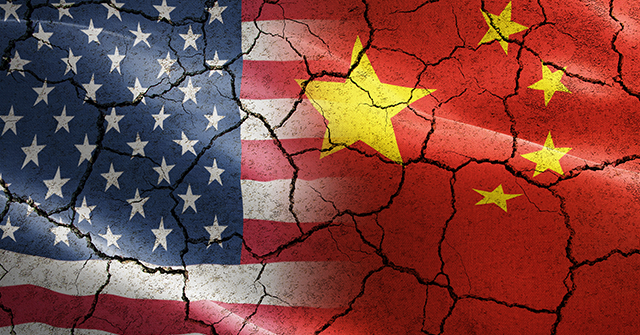The Rare Earths Fault Line Finally Cracked
Years of drift got us here. Now we have to dig out.
The rare earth minerals dispute at the heart of the U.S.-China trade talks this week in London is being treated in some quarters as an alarming new front in the geopolitical standoff. It isn’t new, and it isn’t surprising. It’s the product of decisions made long ago—mostly by not deciding at all.
Beijing’s near-monopoly on the global supply of rare earths has been a known vulnerability for over a decade. In fact, it’s one of the most predictable pressure points in modern trade politics. Rare earths—used in semiconductors, electric vehicles, advanced weaponry, and renewable energy systems—are indispensable. China dominates the supply chain not only because it has the resources, but because it made the strategic decision to invest in every stage of production and to engage in predatory state-assisted mercantilism while the U.S. system bet on the invisible hand and quarterly earnings.
Washington is now attempting to claw back leverage in London. President Trump, who has warned for years about the dangers of relying on adversaries for critical inputs, is trying to use the tariff talks to force Beijing to restore export flows. China, for its part, has allowed a few rare-earth export licenses to be processed, but it has not clarified who will benefit or on what terms.
U.S. Treasury Secretary Scott Bessent (right) shakes hands with China’s Vice Premier He Lifeng during trade talks at Lancaster House in London on June 9, 2025. (U.S. Department of the Treasury)
An Avoidable Crisis
This could have been avoided. As far back as 2017, we reported on the precarious state of America’s only rare earth mine—Mountain Pass, in California—and noted that strategic national interest might eventually justify direct federal intervention. The mine did reopen and continues to operate today under MP Materials, producing a significant share of global rare earth concentrate. But the processing and refining still largely take place in China. And as we warned at the time, the U.S. left itself dependent not just on Chinese resources, but Chinese capital and capacity.
The current standoff is the result not of sudden Chinese belligerence, but of a failure to act when the path was clear. After Beijing signaled in 2021 that it might restrict exports to pressure U.S. defense contractors, the risk was plain. Even then, policymakers preferred working groups and task forces to anything resembling industrial policy.
The Trump administration’s approach now appears to be moving in a more assertive direction. Tariffs on Chinese goods, including those critical to green tech, have been raised. But the meetings in London this week make it clear that we are still dangerously dependent on China for rare earths.
There is a broader lesson here. “Globalization” doesn’t eliminate strategic competition—it just conceals it, until one party decides to use the tools it’s accumulated. Rare earths are only one example. The more sobering point is how many other inputs, components, and minerals fall into the same category.
The rare earths crisis was always going to arrive eventually. The surprise is not that it happened, but how little we did to prepare.
Read the full article here
